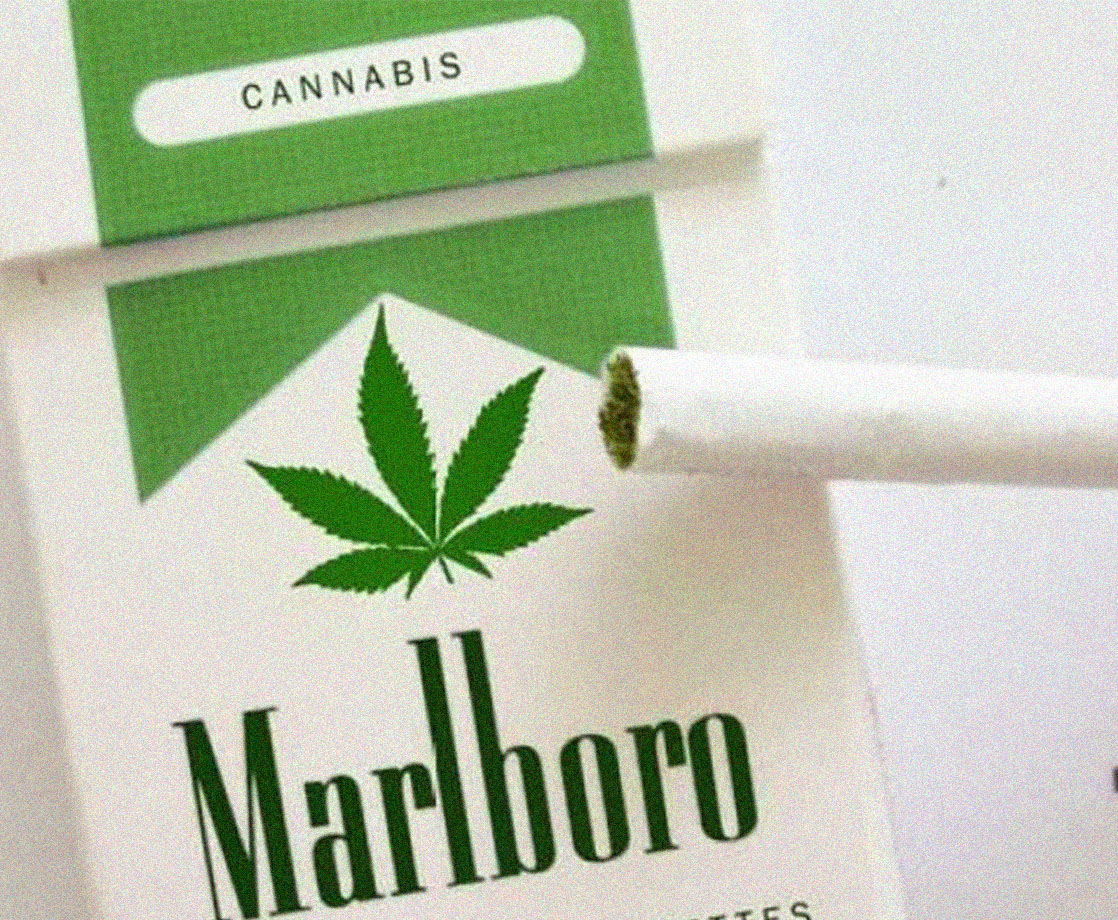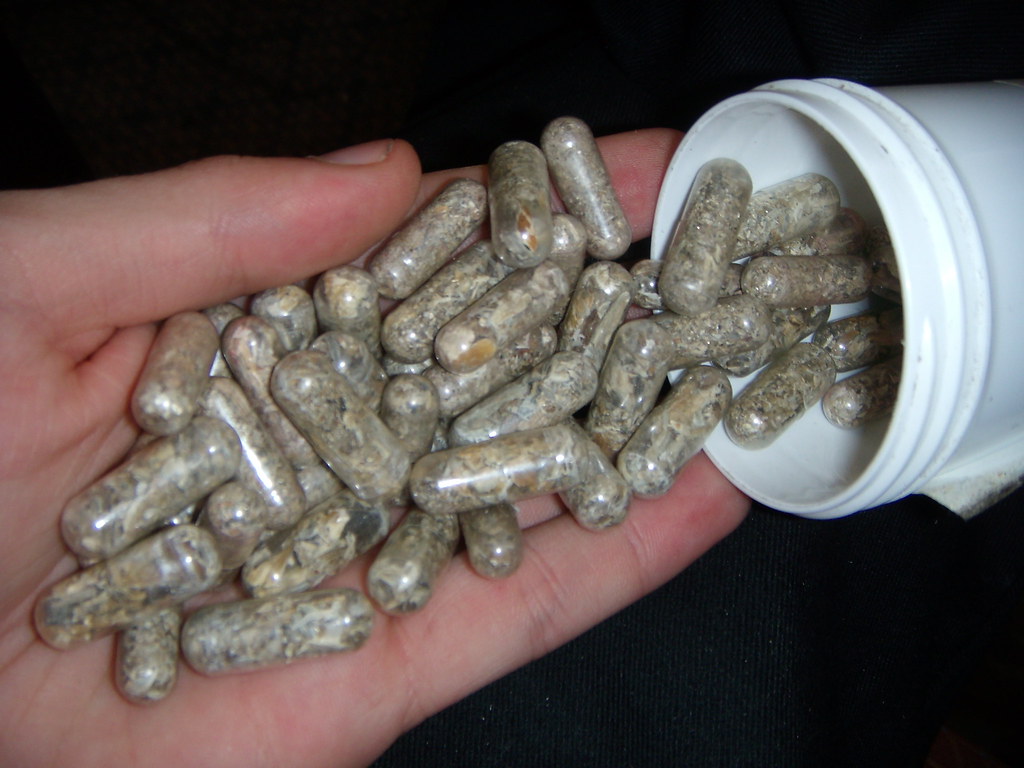When most of us hear or see the word “ozone,” we may think of the ozone layer, an area of the upper atmosphere that stretches 6 to 30 miles above the ground, where ozone gas collects and protects us from harmful radiation showering our planet from outer space. The ozone in the ozone layer is generally seen as a good thing.
However, when ozone builds up at the lowest level of the atmosphere — the troposphere, which hovers directly above ground — it can be dangerous. High ozone levels, which are only a problem in America’s biggest cities, can complicate issues with asthma or lung disease. They can exacerbate cardiovascular issues and increase rates of infection, too. In some cases, ozone can even cause cancer.
Denver, Colorado is currently ranked as the 12th worst US city in regards to air quality. Throughout any given month, highway signs will warn drivers that high ozone levels are present in the city, prompting people to carpool or to skip on mowing their lawns that day. That’s because ozone is a molecule composed of three oxygen atoms, formed when heat and sunlight trigger a chemical reaction between nitrogen oxides — which are mainly produced by carbon emissions from industry and transportation — and volatile organic compounds (VOCs), which are defined as carbon-based chemicals with incredibly low melting points, often in the negative-degree Celsius ranges. (Water freezes at 0°C.)
The terpenes or terpenoid compounds produced by cannabis are VOCs. The most prominent cannabis terpenes — limonene, pinene, linalool, and myrcene — are incredibly volatile, with melting points ranging from -101°C to -10°C, respectively. Although VOCs have not yet been linked to ozone levels in Denver, the Colorado Department of Public Health and Environment (CDPHE) wants to know if there is a connection. And if there is, what simple, sustainable, and cost-effective measures could the industry take to reduce cannabis VOC production and bring local ozone levels down?
According to Kaitlin Urso, an air quality researcher and consultant at the Colorado Department of Public Health and Environment, there’s a good possibility that cannabis terpenes could be contributing. She doesn’t believe that weed is the biggest contributor — far from it, in fact. She notes that the biggest ozone offenders are the fracking and petroleum companies operating in the northern end of the state, as well as emissions from cars, trucks, and other automobiles.
But if Urso finds that weed does contribute to ozone production, that information could be helpful for other weed-legal states that are also tackling high ozone levels, such as Arizona, Florida, Hawaii, Nevada, New Mexico, Utah, California, Louisiana, and Texas.
To find out more, MERRY JANE reached out to Urso by phone. This interview has been edited for length and clarity.
.png)
Alicia Frazier (L), Kaitlin Urso (center), and Dr. Daniel Bon (R) collecting air samples within a post-harvest processing area at a marijuana cultivation facility. Photo courtesy of the Colorado Department of Public Health and Environment
MERRY JANE: A lot of cannabis consumers are wary of any government study into the plant or its industry. Did you personally support Colorado’s cannabis legalization bill, Amendment 64?
Kaitlin Urso: Yes, I did. I’m an advocate for the cannabis industry. I supported legalization. I definitely believe in a legal market. I support federal legalization, as well, because I think a lot of these concerns that we’re facing now are mainly environmental and public health concerns.
I hope that people see this study as a collaborative effort with the industry. We definitely did not step into this study with any intention of getting an “I gotcha!” on the cannabis industry by any means. We see it as supportive of small businesses, educating a sector that maybe doesn’t have the resources to do it themselves.
Can you explain, in more detail, how cannabis terpenes could be contributing to Denver’s ozone issue? What evidence have you been working with from the start?
Ozone’s not an easy problem to address. It’s not a direct pollutant; we can’t just control one source. It has many types of sources, and it also depends on our atmospheric chemistry. The air division is looking for any new sources of VOCs and nitrogen oxide that we haven’t typically regulated or controlled in the past.
The cannabis industry — being primarily small businesses in Colorado with the way it was legalized, and the licensing structure — was a new industry of focus. Now, we know that all plants put out biological VOCs. Trees, grass, flowers, everything. What makes cannabis unique are two things.
The first thing is the types of terpenes that are emitted from cannabis: myrcene, pinene, limonene, terpinolene. Those are the most common, and they also happen to be incredibly reactive for ozone formation when they come into contact with combustion emissions.
The other thing that makes cannabis unique is the way that we legalized it. When we legalized cannabis, all of the regulations were focused on safety, security, and preventing diversion [of cannabis products] to the black market. Environmental concerns weren’t really considered. Zoning forced 70 percent of the industry into Denver proper, into industrially zoned areas at the heart of our city center. That’s important because the grows are co-located next to all these nitrogen oxide emissions [from the highways, I-70 and I-25]. They’re also co-located next to industrial sources of nitrogen oxide, such as power plants and other industrial manufacturers.
Any new source for VOCs is going to readily react with the available nitrogen oxide in the atmosphere in the presence of sunlight. What we’ve essentially done with the cannabis industry is relocated the biological source of terpenes into these nitrogen-oxide rich areas. If we had legalized cannabis in an outdoor setting and allowed for farms away from the city center, these VOCs would not be a problem. They’re only a problem when you’ve got them in the heart of the city center.

Can you illustrate, for our readers who don’t live in Denver, why this ozone issue is especially impactful here?
There are quite a few factors that play into Denver’s air quality. Colorado is kind of unique in that we’ve got the plains out east, then we’ve got the urban city-heart areas. We’ve got about three on the Front Range: Fort Collins up north, Denver in the middle, and Colorado Springs down south. Then we have the mountains to the west, then west from there, we get back to the plains.
That creates some specific meteorological conditions, as well. Storms flow out from the plains to up north, then they push down along the mountains. All of the air from up north is pushed down to Denver in this circular pattern. There’s a lot of mixing going on.
Up north, we have a lot of oil and gas production. Those facilities, as they pull the product out of the ground, that’s a source of VOCs. Those VOC emissions get pushed southward along the mountain, then deposited right on Denver.
In Denver, we’ve got a lot of nitrogen oxide emissions because we have a lot of cars and industrial activity. Those fuel-burning activities emit nitrogen oxide, then the VOCs from up north, as well the local VOC sources, all combine to create this perfect storm for ozone formation. Plus, the other ingredient is sunlight. In Colorado, we boast that we have 300 days of sunlight every year. We have more of an ozone problem than other states do, and anything that can be done about it, we’re trying to do about it.
Ozone isn’t only toxic to us, it’s toxic to plants, too. It’s three oxygen molecules put together, and they’re very good at oxidizing things. As we breathe them into our lungs, they oxidize our lung tissue. They affect plants during their photosynthesis processes. If you look at photos of plants exposed to high levels of ozone, they almost look as if they’re bruised — because they’re being oxidized, too. Like when metal rusts; that’s metal being oxidized.
.png)
Photo via
If your study does show that cannabis terpenes are a significant contributor to the ozone problem, what can the industry do to manage it?
The good thing for this issue is carbon filtration, the same technology that controls odor. The reason why it’s controlling the odor is because it’s trapping the terpene molecules within the carbon filter. They’re no longer released into the atmosphere, so they’re not reacting to form ozone.
The cannabis industry has inadvertently solved their own problem through odor control practices. The main thing we can encourage, for the public health impact, may be making sure those carbon filtration systems are managed properly.
One of the biggest mistakes I see at cultivations is with the high HVAC loads from overcoming the heat from the lighting. The HVAC is working overtime, where it’s pulling more and more air through the filter. And if you exceed the maximum flow rate of air through the filter, those terpenes aren’t going to have the opportunity to stick inside of those carbon pores. It will be going so fast that they’re going to blow right through.
Same thing goes with keeping the humidity under control. If they have a high humidity environment, those water molecules will take up the pores in the carbon filter, then they’re not able to absorb the VOCs.
Typically, operations only change out the filters every year, or maybe every six months if they’re really diligent about it. If they’re going to keep that schedule, ensure that new carbon filters are installed at the start of the summer, when the ozone levels are the highest.
How are you conducting this study?
We didn’t have thousands and thousands of cannabis plants being grown in our city center prior to legalization. Now that we have it, we want to quantify the impact. Typically, when new industries start up, the EPA does these types of studies to come up with universal emission factors for that industry. Take, for instance, mining. The EPA did a lot of studies on mining to come up with emission factors for, say, per pound of gravel crushed that released dust into the atmosphere.
The question, then, is how many VOCs are released into the atmosphere per pound of marijuana grown? We don’t know the answer to that, since the EPA usually does that study. But given the legal status of cannabis, the EPA isn’t going to step in and do that. To close this gap in environmental knowledge for states that have legalized, we want to find out how much does this industry contribute to our overall ozone problem, and what can be done about it? We’re working very collaboratively with the industry. We have four facilities that we sampled at, who all volunteered for this study.
We collected samples from the grow rooms, the flowering rooms, the curing rooms, and other processing areas. From there, we can calculate how many VOCs are being produced per pound of cannabis. With that information, we can assess how many VOCs are being produced in a particular area with our computer modeling software.
When do you expect to have your study results published?
By summer of 2020. It seems like a long way off, but there’s a lot of math that goes into it, a lot of data validation. And the biggest time-suck is the computer modeling the atmosphere chemistry.
.png)
A device set-up for collecting air samples. Photo courtesy of the Colorado Department of Public Health and Environment
Although you’re still analyzing the data, do you happen to have a hunch as to how much the cannabis industry could be contributing to ozone compared to other VOC producers, like the oil and gas industries?
I don’t foresee the cannabis industry being one of the more significant contributors [to ozone production]. We have large contributors in our state: transportation, the oil and gas industry, our power generation, and those are going to be our biggest contributors. But we’re still looking at overturning even the small rocks for small businesses in making sure we quantify what that sector’s contribution is, and making sure we’re arming that sector with best management practices.
Let’s assume the worst scenario: We find out that terpenes from cannabis grows are contributing significantly to our ozone problem in Denver. What can the industry do to minimize its impact?
The industry can continue to implement carbon filter technology and have best management processes. Make sure you stick to your maintenance schedule. Plan to have a fresh filter at the beginning of summer — at the height of the ozone season. Keeping temperatures and humidities within correct ranges, and just making sure the cultivation environment is sealed [will help]. It doesn’t help to have a carbon filter right next to an open window. Additionally, having a pre-filter on the outside can extend the filter’s life, too, by capturing dust and larger particles so the VOCs have more space to be absorbed in the filter.
The other impact that the industry has on ozone is not just the plants; it’s the extraction activities, too. THC extractions for marijuana and CBD extractions for hemp. Many extraction processes use solvents like butane, propane, ethanol, hexane, or pentane. Even though they’re done in a closed-loop system with solvent recovery, those systems are only about 70 to 80 percent efficient. After every run, you’re losing 20 to 30 percent of that solvent to the atmosphere.
Should the cannabis industry or cannabis activists be concerned about your study’s findings?
The cultivation of plants is considered an agricultural activity, and agricultural activities are exempt from air quality regulations. Even if we find, in this study, that the cultivation of cannabis plants is a significant contributor to ozone, they’re still not subject to our air quality regulations. At the end of the day, no matter what this study says, you guys are an agricultural industry and are exempt from air quality regulations.
Keep in mind that when manufacturing that agricultural commodity into an end product, that’s considered a manufacturing process. So, extraction with solvents is a manufacturing process, and that is subject to air quality regulations. There can be some regulations and controls on the manufacturing side of things, but not on the cultivation side.
Follow Randy Robinson on Twitter











